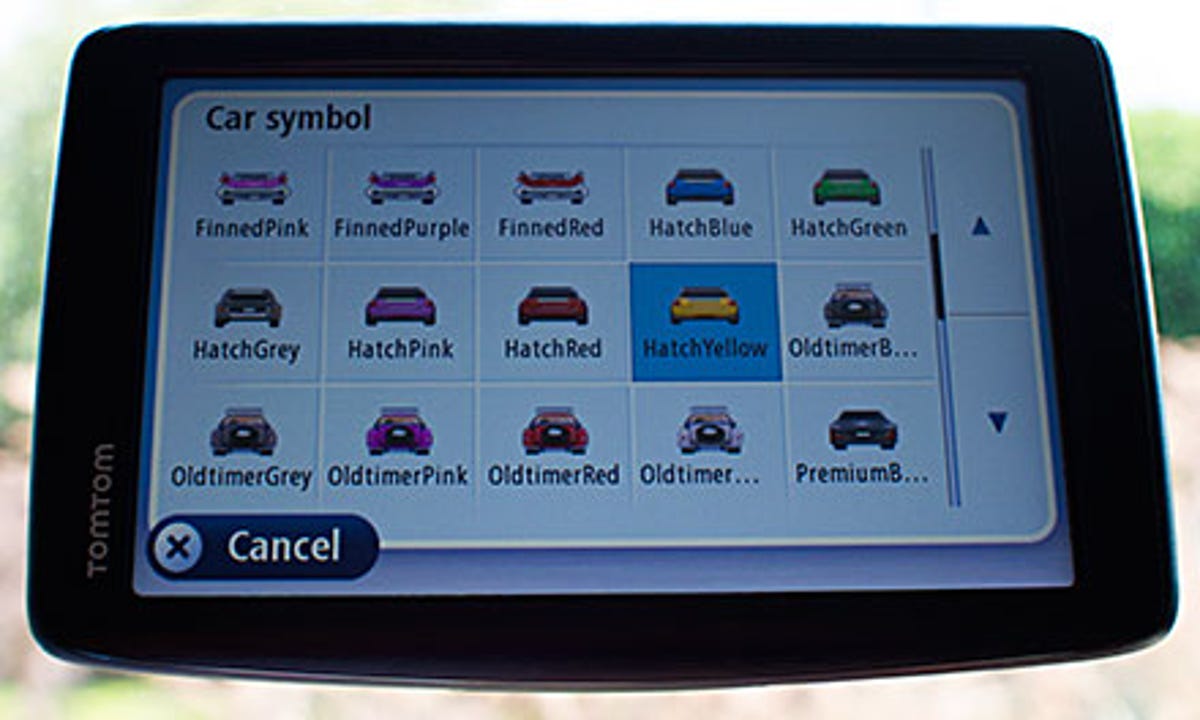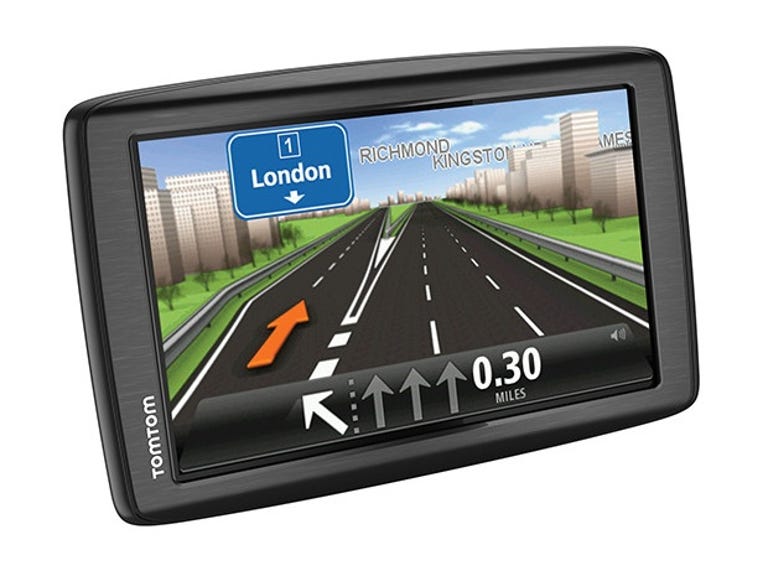 Why You Can Trust CNET
Why You Can Trust CNET TomTom Start 60 Europe review: TomTom Start 60 Europe
The vivid 6-inch screen, enormous database and enhanced junction navigation of the TomTom Start 60 Europe trounces smart phone sat-navs.
If you've recently bought a new car, there's a good chance it has sat-nav built in. If you own a smart phone, you could easily download an app to do the same job.
The Good
The Bad
The Bottom Line
Does that mean traditional windscreen-mounted devices have had their day? Absolutely not. As a dedicated nav-gadget, the TomTom Start 60 Europe is better suited to dishing out driving directions than any smart phone could ever be, allowing older cars to share the large screens and simple navigation tools of a modern motor.
The TomTom Start 60 Europe can be bought for around £160.
Build and specs
The screen is 6 inches across, which is the same as a Kindle, making it easy to see from the opposite side of the car. That means there's no excuse for not fixing it well out of your direct line of sight to avoid being distracted while driving.
It's easy to read in bright light and it's a blessing for the fat-fingered among you as you'll find the menus and keyboard easy to use. The device is less than an inch thick and the sturdy screen mount -- which can withstand a fair amount of prodding -- is more subtle than the combined sucker/chargers shipped with older units.
It has a built-in accelerometer so it knows which way up it's been fixed and rotates the interface and map as necessary.

Maps and voices
The Start 60 includes detailed maps for 45 European countries, from the biggies you'd expect like the UK, France, Germany, Spain and Greece, down to micro nations including Vatican City, San Marino and Liechtenstein. There's partial coverage of the outlying states -- Bulgaria, Turkey, Ukraine and so on -- and just connecting roads in Albania, Belarus, Moldova and the countries of the former Yugoslavia (except for Slovenia, which has complete coverage).
Alongside regular road details, there's a wealth of supplementary information that's useful for journey planning and use en route. 'Parking assist' is the one you'll use most often. This lets you navigate straight to the car park that's nearest to your destination or find one when you've already arrived.
There's comprehensive coverage of speed cameras. Although I found that it picked out every one I passed during my tests, it also bleeped warnings about cameras that didn't exist, most likely because other users had reported temporary cameras in those locations that have since been removed.
There are 46 spoken languages built in, although only 14 of these include the option to have street names read out to you. This includes UK and US English, although not with all voices. In UK English, for example, only 'Serena' can read street names. 'Jane' and 'Tim' can only tell you where to turn...
Planning a route
Route planning is ridiculously easy. You can choose from fastest or shortest routes (with a caveat that 'shortest' routes might actually take a lot longer to complete). Alternatively, opt for the most ecologically sound option, which is a very green way of rebranding the 'cheapest' route option that's featured in such software for the last couple of decades.
If you're not using a car, you can set a walking route, which avoids motorways and ignores traffic restrictions, or a bicycle route, which still keeps you off the motorways but obeys restrictions.
Destination options include 'Home' (which you set yourself and store in the device), saved favourites, addresses down to postcodes and door numbers, points of interest, co-ordinates and previous destinations. If you still can't work out what to enter to describe your destination, you can simply drag the map on screen and tap where you want to go.
Complex routes were usually calculated in less than 5 seconds in my tests, after which they showed an overview map with supplementary data in a sidebar that helped to confirm I'd picked the right spot if there were several similarly named places in the area.
Points of interest and assistance
If you choose to navigate to a point of interest rather than an address, you'll find the underlying database extremely good. As well as the typical restaurants, cash machines and petrol stations, there are more special interest options like hairdressers, dentists and border crossings. The data thrown up is usually more than just driving directions too, with points of interest accompanied by contact details so you can phone ahead for reservations.
This is quite a boon if you're looking to stop off on your journey and find yourself in unfamiliar territory. The options for amusement parks, beaches and swimming pools might just be enough to stem a chorus of "are we there yet?" if you're travelling with kids.
There's a specific set of help screens that break out the details of emergency services, garages, pharmacies and so on -- very handy if you break down or fall ill. If you tap the 'Call for help' option, it not only serves up a number for whichever service you need, it also pulls up details of your current co-ordinates and the name of the street on which you're parked so you can give them to the call handler. If you'd rather strike out on your own, you can set it to plot a route on foot.
Driving with the Start 60
The overview maps are clear and easy to read at a glance while driving, and when you come across a complex junction, they switch to a static magnified view of the layout that's overlaid with arrows to show you which lane to choose. I'll make no bones about it -- it's better than having a navigator sitting in the passenger seat basing their advice on opinion rather than calm analysis.
If you come up against traffic, you can set it to calculate an alternative route or tell it to work around a roadblock or a part of the route you particularly want to avoid. It's all highly intuitive -- you only need tap the screen to bring up your options for getting out of traffic trouble.
The spoken directions were clear and -- importantly -- timely throughout my tests. Junctions were announced twice -- once when I was around 300 yards off and again at the point when action was required. It's methodical, accurate and much less fuss than arguing over a map.
I tested it on known routes so I could check the accuracy of its directions. It passed with flying colours, taking the same roads I would have done after 20 years of driving around my home town on A-roads up into East Anglia.
Conclusion
The TomTom Start 60 is a far better option than a smart phone for car-based navigation and it brings the large-screen convenience of a new car's built-in sat-nav device to older models.
The size and scope of the underlying database of local features, businesses and points of interest is impressive. It's implemented in such a way that it's extremely easy to find what you need, either as part of your initial route planning or as an ad-hoc query en route.
Is it one to buy? Absolutely. TomTom could charge far more for this than it does and it would still be worth the money. Better yet, if you opt for the eco routes whenever you're not pressed for time, it could pay for itself in petrol savings.


